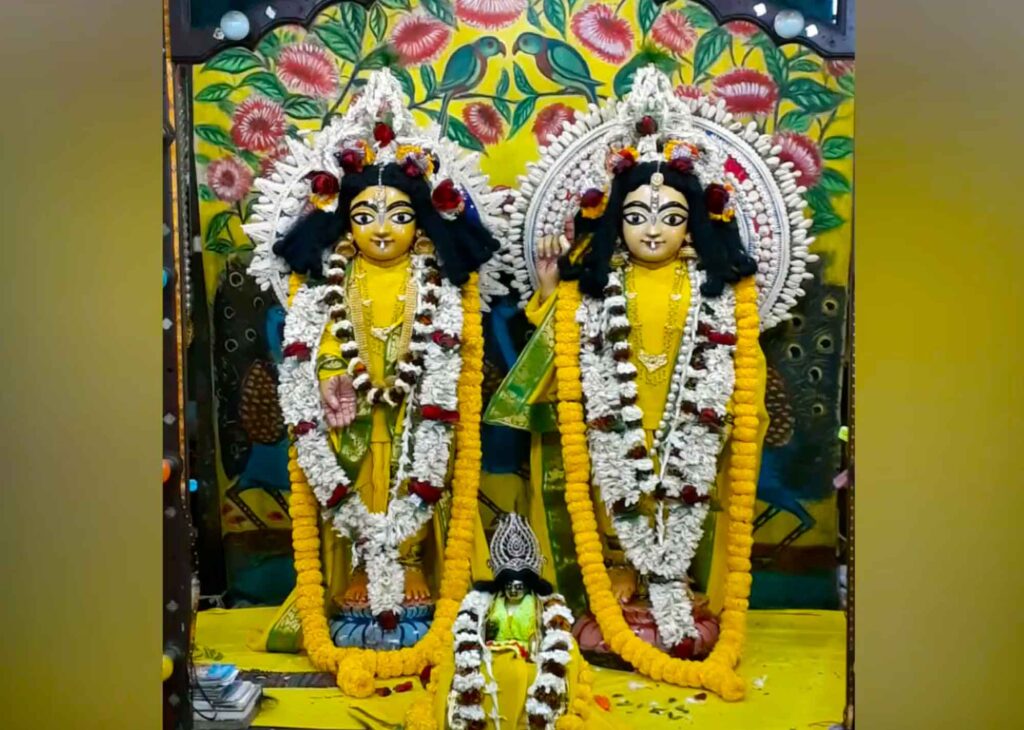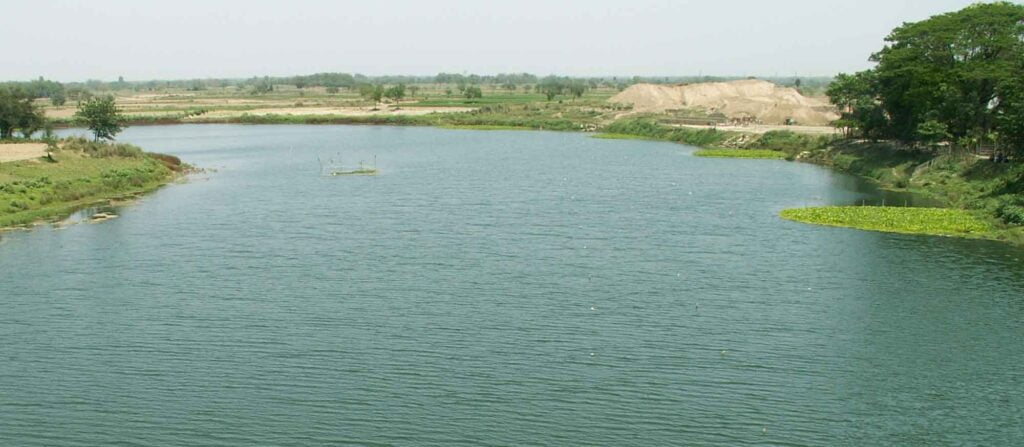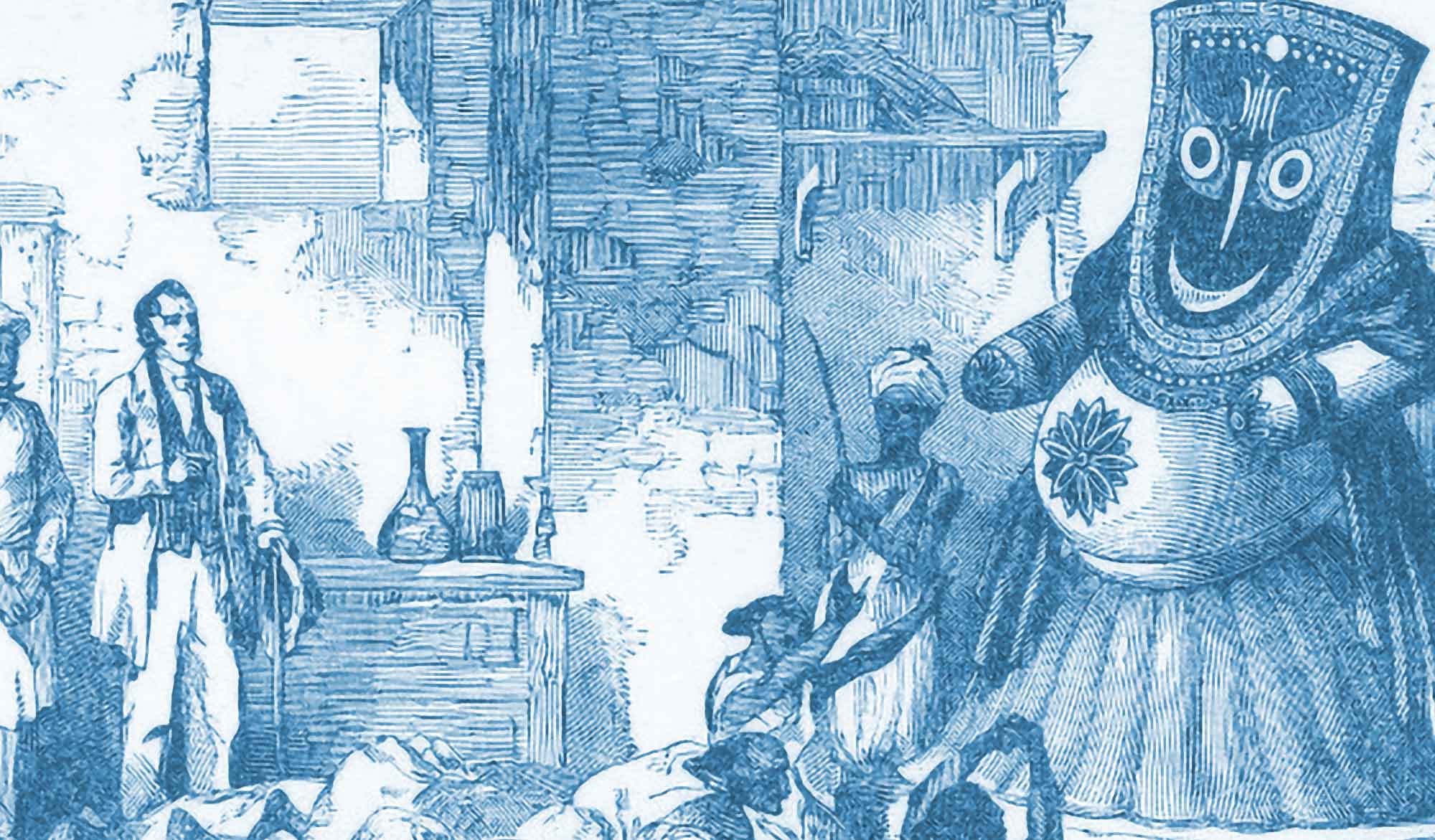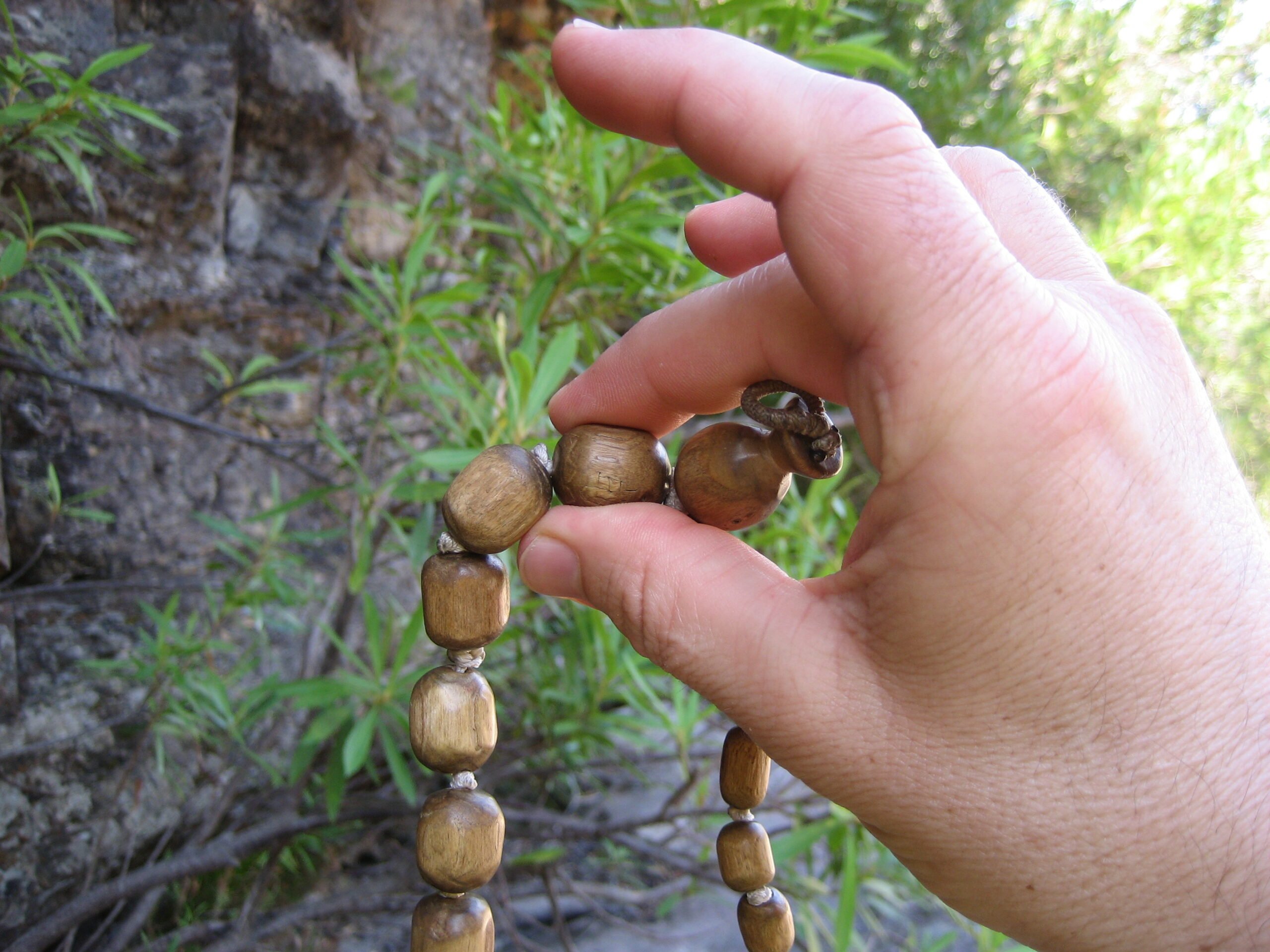Overview
Śrī Mahāprasāda Vitarka (A Dispute Concerning Mahāprasāda) was first published in Sajjana Toṣaṇī, Vol.10 issue 8 in 1898. Herein, Bhaktivinoda Ṭhākura describes the different opinions between the smārtas and the Vaiṣṇavas concerning Jagannātha’s mahāprasādam.
(translated by Swami B.V. Giri)
In all things within this world, smārta (non-devotional ritualism) and paramārtha (transcendental) are the two classifications of interests. Not only in interests, but various types of differences are observed in all kinds of conclusions and actions. Such interests and conclusions are differentiated according to the influence of the qualities of goodness, passion and ignorance. For a long time, I have been observing this kind of difference in interest and conclusion in relation to śrī–śrī–mahāprasāda. At the time when the foremost scholar, Vāsudeva Sārvabhauma Mahāśaya, was residing in Śrī Puruṣottama-kṣetra, he also had doubts about śrī–śrī–mahāprasāda, although he was regarded as the greatest of all paṇḍitas. It is seen in the Sixth Chapter of the Madhya-līlā of Caitanya-caritāmṛta that, by the mercy of Śrīman Mahāprabhu, his mind crossed beyond the modes of passion and ignorance and he attained the qualification for pure bhakti – then he maintained no doubts about mahāprasāda. In the presence of Śrī Mahāprabhu, he danced and, with an unwashed mouth, he honoured śrī–mahāprasāda, reciting the following from the Padma Purāṇa:
śuṣkaṁ paryuṣitaṁ vāpi nītaṁ vā dūra-deśataḥ
prāpti-mātreṇa bhoktavyaṁ nātra kāla-vicāraṇā
(“Whether it is dry, stale or brought from a distant place, it should be eaten without any consideration of time or place.”)
na deśa-niyamas tatra na kāla-niyamas tathā
prāptam annaṁ drutaṁ śiṣṭair bhoktavyaṁ harir abravīt
(“Hari has said that a man of good conduct should eat such food remnants, and should not hesitate by thinking about the rules of time and place.”)
Vāsudeva Sārvabhauma Mahāśaya was the greatest in the world of the smārtas and amongst the māyāvādī paṇḍitas at that time. In spite of this, he himself has taught the world in such a way by his word and character, then no person of good conduct should ever speak ill against mahāprasāda. However, without good fortune, the skepticism of a jīva does not go away, so even after this, skeptics continue to have many debates concerning śrī–mahāprasāda. Having more knowledge than Sārvabhauma is not the cause for this. The Mahābhārata points out the cause for this kind of misfortune:
mahā-prasāde govinde nāma-brahmaṇi vaiṣṇave
svalpa-puṇya-vatāṁ rājan viśvāso naiva jāyate
(“O King, for those who have very little puṇya, their faith in mahāprasāda, Govinda, the transcendental Name, and the Vaiṣṇavas is never manifest.”)
Even during the time when we were in Śrī Puruṣottama-kṣetra, we heard many smārta paṇḍitas arguing about mahāprasāda. Some used to say that it is obligatory to honour mahāprasāda in the temple; some used to say that it is mandatory to honour prasāda at least five krośas outside the temple (approx 10 miles). Some said that mahāprasāda is always touched by śūdras, thus it should not be honoured inside or outside the temple. We have observed how all such misfortunes have befallen this class of paṇḍitas.
We saw an unfavourable conclusion in the last Baṅgavāsī newspaper published on the 9th of Aśvina. We have no regrets about this as such a conclusion is always there amongst conditioned jīvas. The conclusion is that the mahāprasāda of Śrī Śrī Jagannāthadeva should not be taken 10 miles out of Purī. In order to support his conclusion, one Vidyāratna Mahāśaya has given some of the following evidence from śāstra.
From the Uṭkala-khaṇḍa:
pañca-krośam idaṁ kṣetraṁ samudrāntara-vyavasthitam
tri-krośaṁ tīrtha-rājasya taṭa-bhūmau sunirmitaṁ
suvarṇa-bālukā-kīrṇaṁ nīlā-parvata-śobhitaṁ
viṣnulaya gataṁ taddhvi nirmāyaṁ patitādayaḥ
spṛśantyannaṁ na duṣṭaṁ tad yathā viṣṇus tathaiva tat
vratasthāvidhvā tatra sarve varṇāśramās tathā
tat prāśanena puraste dīkṣitāś cāgni-hotriṇaḥ
sva-deśyāḥ paradeśyā vā sarve tatra samā matāḥ
cirastham api saṁśuṣkaṁ nītaṁ vā dūra-deśataḥ
yathā tathopayuktaṁ tat sarva-pāpa-praṇodanam
(“This land [Purī], which is ten miles in circumference, stretches into the sea. Six miles of it is situated on the tīrtha-rāja [great ocean] surrounded by golden sand and beautified by a blue mountain. That prasādam, which is present in this abode of Viṣṇu, does not become contaminated even if it is touched by one who is fallen. It is of the same nature as Viṣṇu Himself. Widows who perform austerities, people of all varṇas and āśramas, those who are qualified to perform agni-hotra sacrifices, those from this country or foreigners – they are considered equal. Even if one attains it and it is stale, dry, or it has come from a distant land, whatever the case, it can eradicate all pāpa.”)
kukkurasya mukhād bhraṣṭaṁ
(“It should be eaten even if it has been touched by the lips of a dog.”)
In the Kriyā-yoga-sāra:
lavaṇānto-nidhes-tire puruṣottama-saṁjñakaṁ
puraṁ tad brāhmaṇa-śreṣṭha svargād-api su-durlabhaṁ
praviśantas tu tat kṣetraṁ sarve sur-viṣṇu-mūrtayaḥ
tasmād vicāraṇā tatra na kartavyā kadācana
cāṇḍālenāpi saṁspṛṣtaṁ grāhyaṁ tatrannam agrajaiḥ
sākṣād-viṣṇur yatas tatra cāṇḍālo’pi dvijo’pi ca
(“O best of the brāhmaṇas, the city known as Puruṣottama is on the shore of the salt-water ocean, and it is more difficult to attain even than Svarga. All those who enter this place achieve a form like that of Viṣṇu. Those who have any doubt need not be concerned about this. Even if the food there has been touched by a cāṇḍāla, it should be accepted by higher persons. Since that food is non-different from Viṣṇu Himself, a cāṇḍāla there is considered to be like a brāhmaṇa.”)
In this conclusion, Paṇḍita Mahāśaya has collected evidence only from the two scriptures – the Uṭkala Khaṇḍa of Skanda Purāṇa and the Kriyā-yoga-sāra of the Padma Purāṇa. It seems that he did not have the opportunity to see what is said about the mahāprasāda of Śrī Jagannāthadeva in other śāstra. It is a pity that the conclusion of the respected paṇḍita is seen to be a fault due to his lack of proper investigation. Again, his conclusion is not based upon the evidence he has given. The only evidence he has given is that Śrī Puruṣottama-kṣetra has a ten miles radius. The temple of Bhagavān is within that ten mile radius and it is the duty of people to accept His remnants and prasāda. There is no discrimination concerning varṇa. There is nothing saying that one should only honour prasādam in the temple, or within the ten mile radius, or outside the ten mile radius. Nītaṁ vā dūra-deśataḥ – these words mean that one should honour prasāda in the temple or some distance from the temple. We are astonished by Paṇḍita Mahāśaya’s erudition, because what he has quoted says, cirastham api saṁśuṣkaṁ nītaṁ vā dūra-deśataḥ (‘Even if one attains it and it is stale, dry or it has come from a distant land…’). Considering the proper explanation of these words, it is understood that honouring prasāda is an injunction for the whole world. There is no word in the aforementioned evidence that the meaning of the word dūra-deśataḥ can be obscured by any other definition. In the quote from the Padma Purāṇa, in the phrase, praviśantas tu tat kṣetraṁ etc., the word tatra (that) in the second part of the line, cannot only refer to the place (kṣetra). The word tatra should be understood to be referring to the subject of śrī–mahāprasāda. Along with cāṇḍālenāpi saṁspṛṣtaṁ, the word tatra is found twice in the śloka. This tatra (there) specifically refers to the place, however we see no words prohibiting taking mahāprasāda outside the confines of Purī. This is found in the verse, ‘na deśa-niyamas tatra’ quoted by Sārvabhauma Bhaṭṭācārya, thus intelligent persons will never welcome Vidyāratna Mahāśaya’s conclusion concerning mahāprasāda. If all the smārta paṇḍitas make such a conclusion, then so be it. That will not harm mahāprasāda. Since ancient times the dry mahāprasāda has been carried far and wide to the west, the south etc. and has been honoured and accepted by the paramārthika paṇḍitas there. The conclusions found in the śāstra of the paramārthika paṇḍitas is accepted throughout the paramārthika world, thus these two conclusions of the smārta and paramārtha are found everywhere. We have no objection or problem if the smārtas wish to persist with their conclusion. Both communities have had two different opinions concerning Śrī Hari-vasara (Ekādaśī) etc. from time immemorial.
Our last word is, let Vidyāratna Mahāśaya’s community accept his conclusion – he never expected the paramārthikas to be included in his community. The point is that such a conclusion need not be seen in public, published in a newspaper. Is there any necessity to cause a dispute between the smārta and parmārtha communities? Anyhow, it must be said that this is the age of Kali. By causing useless debates concerning mahāprasāda, by arranging for the slaughter of monkeys in the temple of Śrī Puruṣottama, and defecating in the temple vicinity – this has become a līlā for some people who only wish to bother the devotees.













